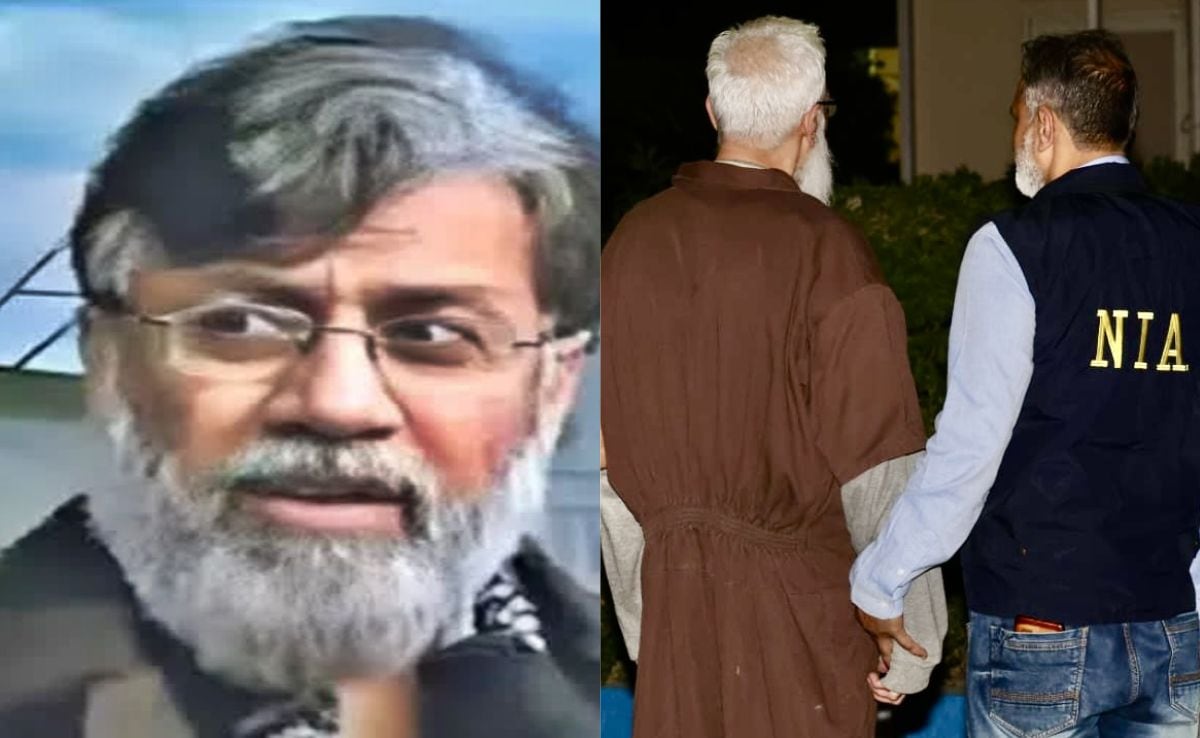New Developments in Terror Investigation as Court Unveils Threat to New Delhi
In a shocking revelation from a New Delhi court, it has come to light that Tahawwur Hussain Rana, the alleged mastermind of the Mumbai terror attacks, had pinpointed New Delhi as a potential target for attacks similar to the notorious 26/11 strikes. The ruling, issued by Special NIA Judge Chander Jit Singh, emphasizes that the threats extend beyond India’s borders, posing a significant risk to national security. The order was part of an ongoing investigation led by the National Investigation Agency (NIA), which has been working diligently to unravel the intricate terror networks operating within and beyond India.
The court order, passed on April 10, indicates that the probe agency possesses sufficient material to validate claims that Rana’s conspiracy aimed at multiple locations in major Indian cities, including the capital. Judge Singh’s observations indicate that the investigation is not merely about recalling past tragedies but about preempting future ones. “The conspiracy in question travels beyond the geographical borders of India,” the judge noted, asserting the urgency for further custodial interrogation and thorough investigations into Rana’s activities.
As per the report by NDTV, Rana’s sustained custodial interrogation is deemed necessary to allow investigators to confront him with witnesses and documentary evidence collected throughout the investigation. The NIA is keen to determine the extent of the conspiracy and Rana’s connections to other key players in the terror network, particularly those involved in the infamous attacks of November 26, 2008, when Mumbai was rocked by coordinated strikes that left 166 people dead.
Clarifying the Investigation’s Scope and Implications for National Security
Judge Singh’s remarks shed light on the critical nature of the investigation, emphasizing its implications for national safety. “This case is a matter of national security, and it is essential for the investigating agency to have ample opportunity to conduct a comprehensive investigation,” the judge asserted. Such a stance underlines the gravity of the situation, highlighting the need for accountability and vigilance against potential terror threats.
In the wake of these revelations, a concerted effort by law enforcement agencies will likely ensue, involving the potential transportation of Rana to significant locations related to the existing investigation. By doing so, they hope to reconstruct the timeline of events leading up to the attacks and further understand the broader terror network that may still be at play. The court’s directive for a medical examination every 48 hours for Rana highlights the importance of his well-being amidst the ongoing investigations, taking into account his past health issues.
For Rana, a 64-year-old businessman of Pakistani origin and a Canadian citizen, the recent developments come on the heels of the U.S. Supreme Court’s April 4 decision to dismiss his plea against extradition to India. His association with David Coleman Headley—the primary conspirator of the 2008 Mumbai attacks—further complicates the narrative, entrenching him in the network of terror that has left an indelible mark on India’s landscape.
Tracing Roots of Terror: The Need for Comprehensive Investigations
The attack on Mumbai was carried out by ten armed terrorists who infiltrated the city via the sea route, targeting key locations such as luxury hotels, a railway station, and a Jewish center. The gruesome assault unfolded over approximately 60 hours, resulting in the tragic loss of 166 lives and exposing vulnerabilities within India’s security apparatus.
The court’s indication that Rana had intentions of planning similar strikes in New Delhi raises alarm bells about the potential revival of concerted terrorist activities within urban centers of India. The necessity for thorough investigations cannot be overstated, especially given the historical context of the Mumbai attacks and the implications of their resurgence.
The NIA will now focus on piecing together evidence, retracing the sequence of events, and examining the interconnections of various actors within the terror network. The importance of confronting Rana with witnesses, along with the forensic and documentary evidence, is paramount for establishing a comprehensive understanding of the broader conspiracy.
The implications of this case resonate beyond just legal proceedings; they echo concerns regarding the safety and security of urban India. The vigilance of security agencies and the need for a robust framework to address and counteract such threats has never been more apparent.
Strengthening Security Measures in the Wake of New Findings
In response to the revelations surrounding Rana and potential threats to New Delhi, the Indian government will likely consider various security enhancements. This may involve increased surveillance, intelligence sharing, and community engagement initiatives aimed at preventing radicalization and fostering cooperation between local law enforcement and citizens.
The nature of current threats calls for a multi-pronged approach in counterterrorism strategies, melding traditional policing with innovative technological solutions. Ensuring the safety of the public requires a concerted effort across various sectors, and turning the spotlight on potential vulnerabilities will be critical in thwarting any future plots.
As the investigation unfolds, officials are expected to collaborate with international agencies, sharing intelligence and insights that may assist in dismantling terror networks that span continents. With Rana’s case as a focal point, the next steps taken by the NIA and other investigative bodies will serve as a blueprint for addressing terror-related concerns effectively and preventing any recurrence of tragedies similar to the 2008 Mumbai attacks.
The concerted push for justice and preventive measures, alongside community awareness, could play a significant role in fortifying the nation against future threats.
For more on the implications of terror networks and India’s national security measures, visit[India Today](https://www.indiatoday.in/) for insights on how the nation is gearing up for potential threats. Additionally, you can explore[The Economic Times](https://economictimes.indiatimes.com/) for in-depth coverage of ongoing investigations and security challenges faced by India.


